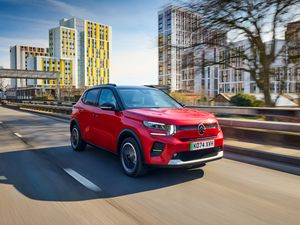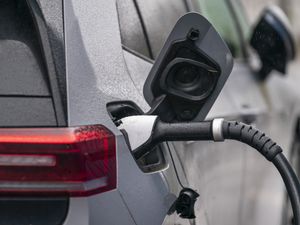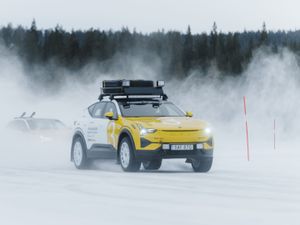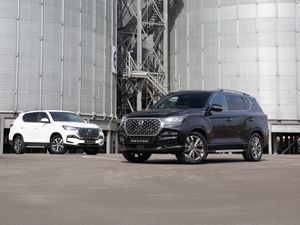What is vehicle-to-grid technology and how could it change the way we use our cars?
A new connected energy system is being developed by a large number of manufacturers. We’re delving into what this new tech could bring.
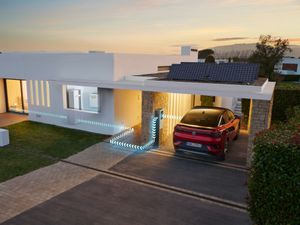
Vehicle-to-grid technology is quickly become one of the most talked-about systems in the motoring world. Just recently, Nissan announced that it would be aiming to introduce vehicle-to-grid – or V2G – technology for the same price as current electric car chargers, meaning that more homes could benefit from the energy-saving systems.
But what is V2G technology, why could it change how we drive and when could it arrive in our homes? We’ve been taking a closer look to find out more.
What is vehicle-to-grid technology?
Essentially, V2G technology means that electricity is free to flow between an electric car and a home – in both directions. As a result, it can turn an electric vehicle into a mobile storage device, which can be used to ‘hold’ electricity and charge during off-peak times, before using this power to keep a home going during periods of peak demand.
This can help balance the electricity supply and ensure that there are no periods of drop-off when demand is at its highest. ‘Greener’ energy supply often comes with flat spots – such as times of low wind when using wind farms – and being able to iron out these areas with stored area could help the National Grid to perform more efficiently.
What does that mean for me?

>
Vehicle-to-grid technology could have a big impact on consumers. It would allow you to make the most of low-cost energy and store this in your vehicle before using it instead of more expensive, peak-demand power.
Plus, if you were able to charge up and store electricity in your car from a renewable source – such as roof-mounted solar panels – then there’s the opportunity to sell energy back to the grid during periods of demand. Through this method, consumers could actually make money through energy storage.
You’d simply plug your car into a charger as normal and an intelligent system decides when to feed energy between the car and the home. Naturally, users will be able to tweak and change this depending on their needs, ensuring that certain elements are kept personal. For instance, you’ll be able to make sure your EV is fully charged as and when you need it – so you won’t return to find your car low on charge after it has been plugged-in for a while, for example.
How could it change the cost of electricity?
Again, having more of a hand in how energy is stored provides a gateway for consumers to lower the cost of their energy and even make some money from it. Being able to store energy at its lowest cost and then using it to run your home could have a big impact on energy bills.
Nissan says that the technology could reduce the cost of running an average EV by up to 50 per cent, too, so it would have a positive influence on transport costs as well.
When could it arrive in the UK?
Nissan’s latest announcement is one of the clearest we’ve had to inform when V2G technology could arrive in the UK. It has become the first manufacturer to get grid certification for the systems to be trialled in this country, meaning that it has been allowed to perform tests and see how the system copes here.
The biggest stumbling block lies in getting the ‘handshake’ between vehicle and grid set up. Without this, a V2G charging port would act as an ‘ordinary’ EV charger which can still top-up an electric car, but won’t be able to feed energy back and forth. However, Nissan says that it is aiming to have the technology included in all of its electric vehicles by 2030.
Which manufacturers are developing it?

>
Many car makers are developing cars that are already equipped for vehicle-to-grid – or bi-directional – charging. Volkswagen’s latest ID range of electric vehicles supports bi-directional charging and you’ll find it equipped in the new Renault 5, too.
However, while many manufacturers might be developing the technology for their cars, there needs to be further development in home infrastructure – along with grid compatibility – to ensure that these systems can be introduced in the near-future.

